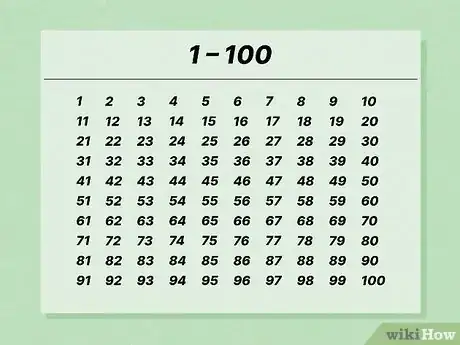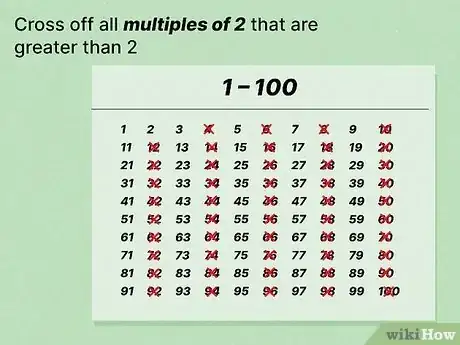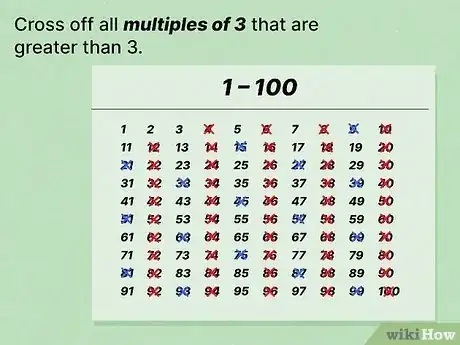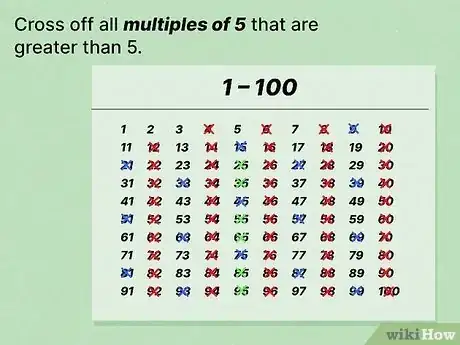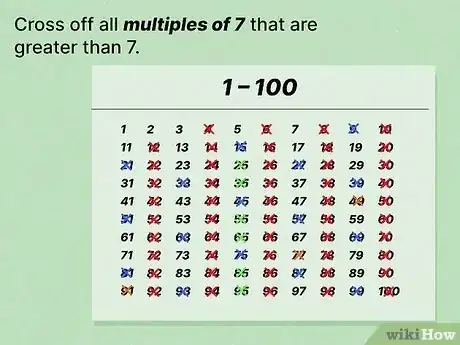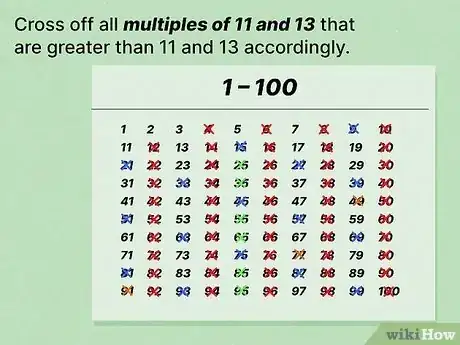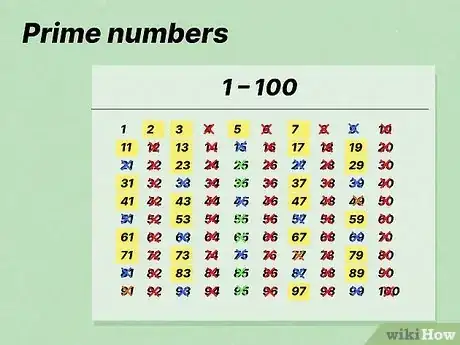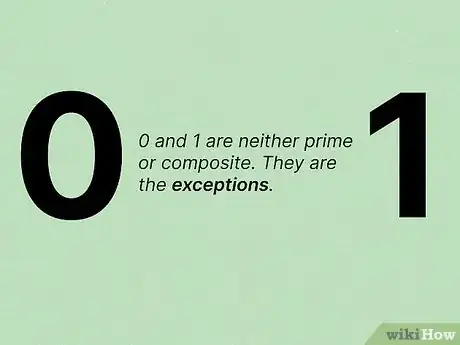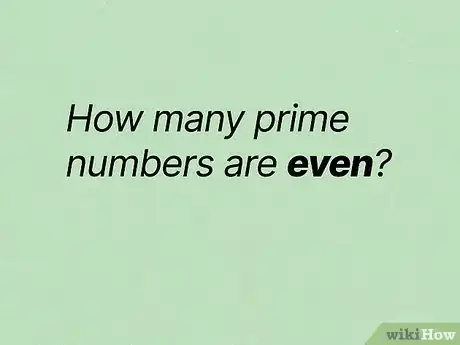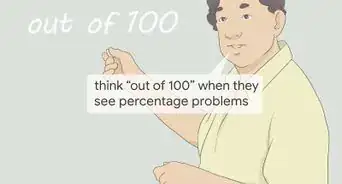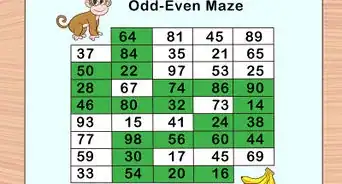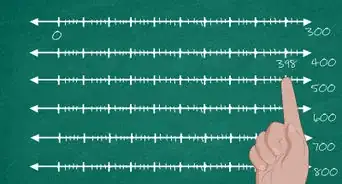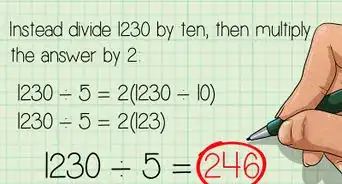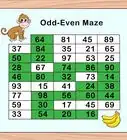X
wikiHow is a “wiki,” similar to Wikipedia, which means that many of our articles are co-written by multiple authors. To create this article, volunteer authors worked to edit and improve it over time.
This article has been viewed 35,565 times.
Learn more...
There are many fabulous methods to teach prime numbers. This hands-on method will get your students engaged and thinking as they explore the concept.
Steps
-
1Get a number chart. These are easy to find by searching for 100, 200 or 300 number charts. A lot of different choices appear.
-
2Have your child or students cross off all multiples of 2 that are greater than 2. Make sure that they do not eliminate 2 but start with 4 then 6, 8, etc.Advertisement
-
3Have them cross off all multiples of 3 that are greater than 3. Start with 6, 9, etc.
-
4Move on to all the multiples of 5 greater than 5. Start with 10,15, etc.
-
5Have them cross off all multiples of 7 starting with 14. (Several of them will already be marked off and that is OK.)
-
6Ask them to strike out the multiples of 11 and 13 as well. Make your student realize that they just cancelled the multiples of prime numbers only. Students may need to cancel out the multiples of consecutive prime numbers as well depending on the range of your number chart. The remaining table is ready for your student to observe and understand.
-
7Look at what's left. When completed, all that should be left are prime numbers and 1. Explain that all the numbers crossed off are composite numbers because they have more than 1 factor pair. A prime number has only one factor pair, 1 and itself.
-
8Discuss that 0 and 1 are neither prime or composite. They are the exceptions. Depending on the grade level of the child, you may want to discuss the more complex definitions as listed under the citation part of this article. With younger students, just talk about them being the exceptions.
-
9Ask how many prime numbers are even. (Hint: there should only be 1. It is 2!)
Advertisement
Community Q&A
-
QuestionHow do I figure out the average of the first 10 prime numbers?
 DonaganTop AnswererThe first ten prime numbers are 2, 3, 5, 7, 11, 13, 17, 19, 23, and 29. Add them together. The sum is 129. Divide that by 10, which gives you the average of those prime numbers: 12.9.
DonaganTop AnswererThe first ten prime numbers are 2, 3, 5, 7, 11, 13, 17, 19, 23, and 29. Add them together. The sum is 129. Divide that by 10, which gives you the average of those prime numbers: 12.9. -
QuestionWhat is the largest prime number less than 100?
 DonaganTop Answerer97.
DonaganTop Answerer97.
Advertisement
Warnings
- You will need to double check their charts to make sure that they do not miss any multiples. Another option is to give them a list of the first prime numbers to double check their chart.⧼thumbs_response⧽
Advertisement
About This Article
Advertisement
